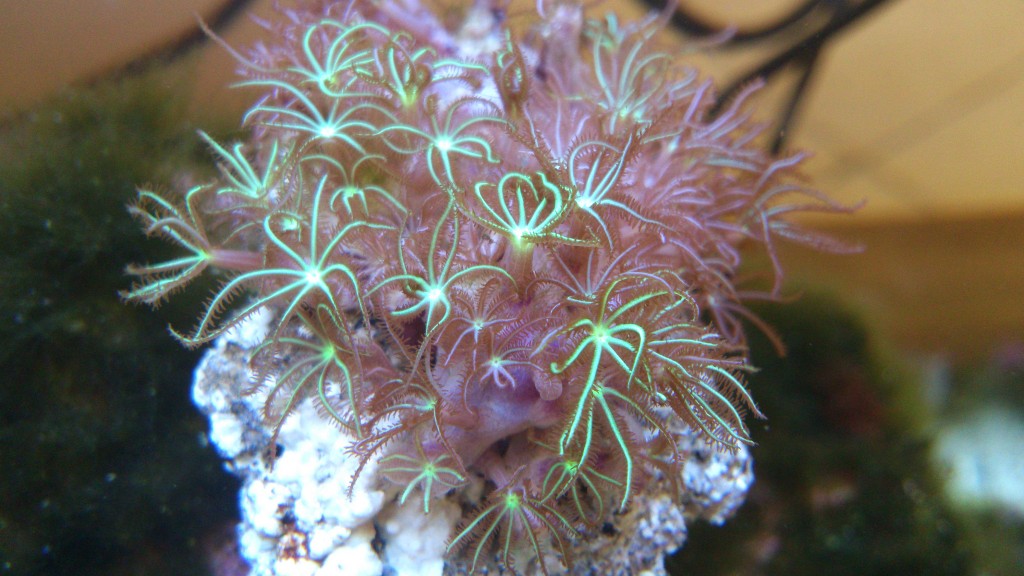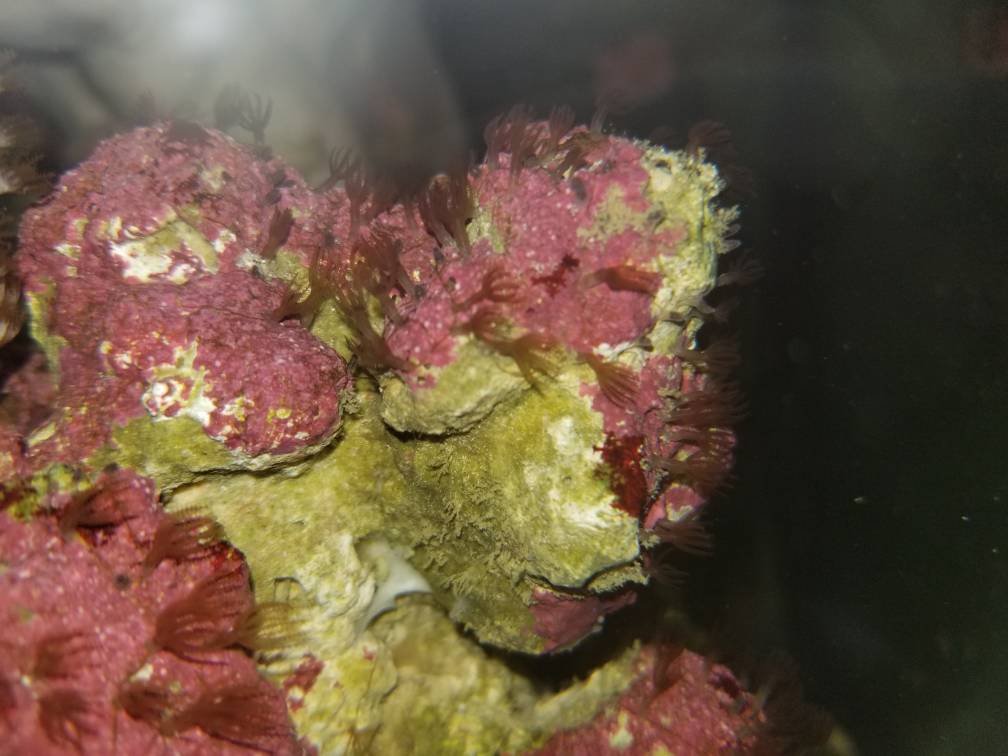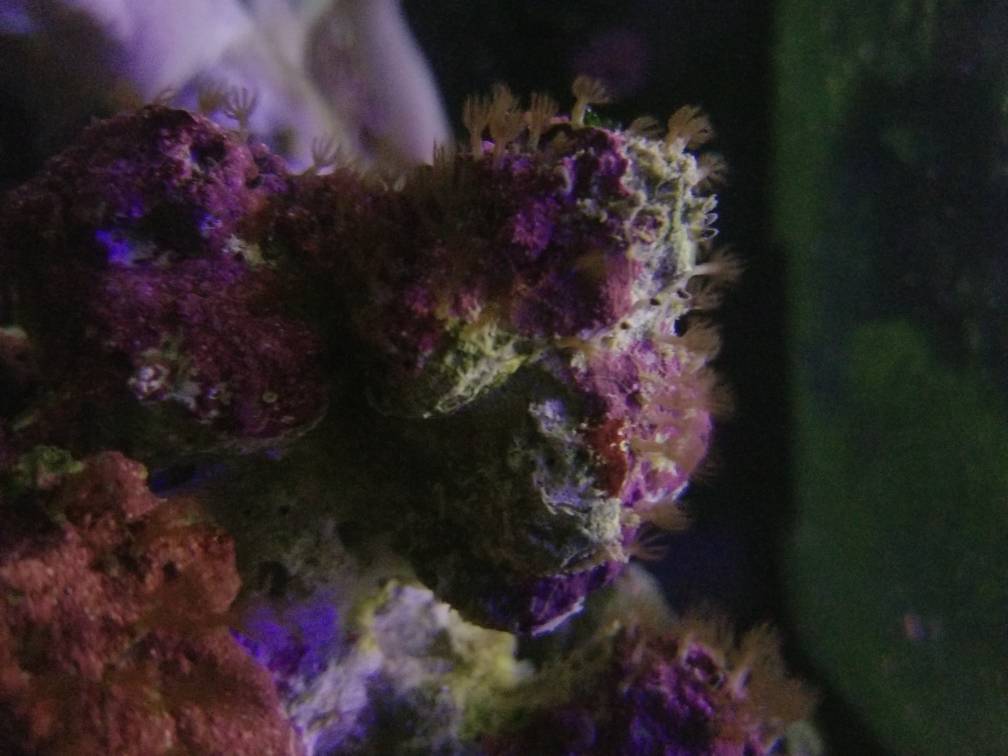I have had what I would consider standard aiptasia, but this is different, almost grows in a mat. The other Reefer said they seemed like a kind of Xenia, but Im dubious about that. I’ve read up on some hydroid threads, and though they look similar to things I’ve seen in those, I’m still not certain.
I am certain, however, that someone on here will know what it is and enlighten me.
The first pic is about as close up as I can get, the second shows the entire mat. It covers ~2”x2” section of a very large rock that would be difficult to remove without essentially rescaping
Thanks in advance!





















